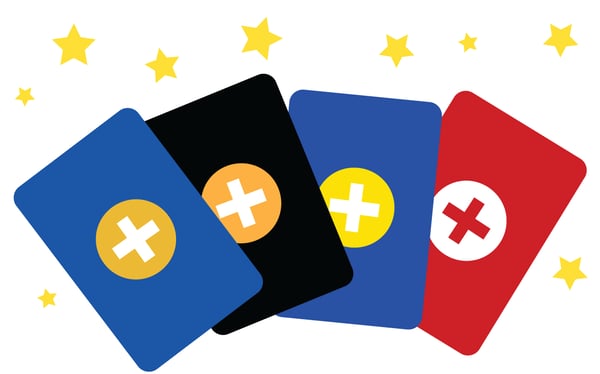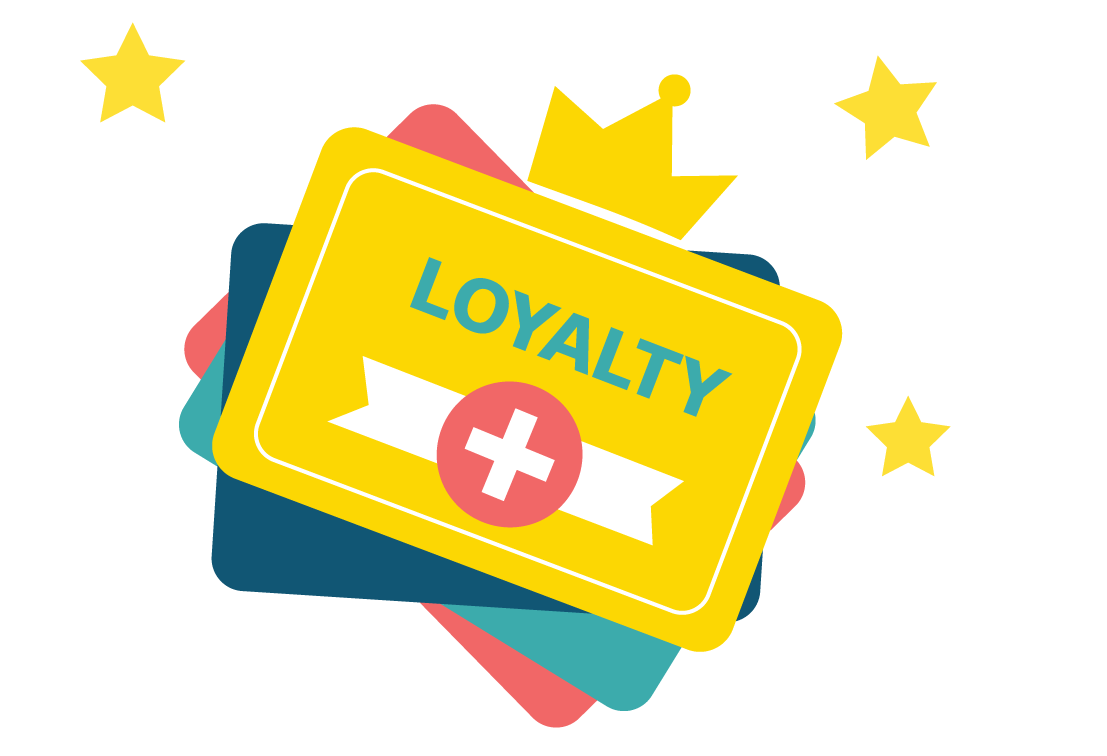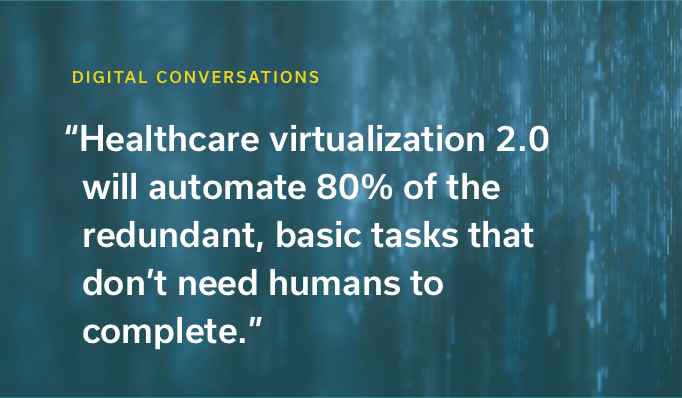Business leaders have always understood the importance of brand loyalty. The whole concept of a “brand” is predicated on the idea that if you can create legions of loyal, dedicated customers, they will come back again and again to purchase. They will often pay a higher price, and they will serve as an army of brand ambassadors encouraging friends and family to check out your product.
Great brands like Nike, Apple, Coke, and Toyota each elicit a strong emotion in the minds of their customers. Nike vs. Adidas. Coke vs. Pepsi. Apple vs. Windows. Toyota vs. Honda. It’s safe to say, there have been a few billion spirited debates about which brands are better and why.
Building Customer Loyalty is Hard, Expensive and Evolving
In the 1900s, brands were often built through good old fashioned advertising campaigns in newspapers, radio, billboards and TV. Watch a few episodes of Mad Men to get an idea how that all worked. Building brands was time-consuming and expensive. But once a relationship with a customer had been established, that loyalty was good for the long haul.
The art of building customer loyalty has evolved significantly in the past few decades. The basics of creating a great brand are still in play, but technology has created new opportunities and challenges for companies. Consumers now have the ability to reach and influence millions of other purchasers through e-commerce peer reviews and social networks. At the same time, there’s an explosion of new options that have emerged as business ecosystems expand.
“These shoes cost 20% less than Nikes, I’ve been playing full court 5 on 5 games in these for the past 3 months, and they feel great. As a matter of fact, I think these shoes are helping me jump higher.”
A review like this from a ‘certified buyer’ named Hoops Dude may not influence everyone, but it’s compelling enough to create countless purchases of the shoes not branded with the Nike swoosh, and that gradually nips away brand equity and sales.
The established, high-value brand must fight hard to maintain their premium equity and protect their loyal customer base from countless disruptors that are moving in for a slice of their market. Those brands that maintain their customer relationships reap the rewards over the course of years to decades to lifetimes.
Cereal is a weekly purchase. Car shopping occurs every five to ten years. In both cases, a dedication to customer loyalty is vital. There’s a reason why grocery stores have club savings programs. And BMW is willing to offer customers three years of free oil changes in order to get people back to the dealership where they might spend a few minutes wandering the showroom while waiting to pick up their car from the service department.
Now that consumers are wired with high powered mobile devices, brands have the ability to stay in touch and communicate like never before. This goes well beyond the controversial practices of using social media behavioral data to track and intrude on people with targeted ads. Consumers often willingly opt in to stay in touch with their favorite brands. They’re going to spend time and money with the brands they prefer, so why not get some MVP status and savings at the same time?

The Consumer Brands are Bringing their DNA to Healthcare
Many of the most successful, innovative consumer companies have shifted their sights on healthcare. And why not? It’s a huge, broken industry that’s ripe for outsiders to bring their consumer pedigree to reimagine the way care is delivered. Walmart, Amazon, Apple, Best Buy, and CVS are all moving into healthcare because they believe they can do it better than the incumbents.
Hospitals have largely struggled to engage their patients — or customers. Until recently, there wasn’t a lot of pressure to change. If a person needed treatment, they’d go to their local doctor or hospital and their insurance would be billed for services rendered. Most patients were insulated from the crazy financial shenanigans of healthcare billing.
But, with rising costs, high deductible plans, and a push towards value-based reimbursements, patients are beginning to shop for ways to bring down their out of pocket expenses. This is where companies like Walmart come in with their low cost, price transparent clinics that are rolling out across the Southwest. While one cannot get surgery at the Walmart clinic, they can see doctors, get vaccines, complete lab work, and fill prescriptions — all at a fraction of the cost of going to their regular providers. And they get a Walmart-level consumer experience to go along with it under the halo of convenience and low prices.
Imagine what a healthcare loyalty program might look like with a major retailer. A fully-stocked superstore that sits just steps away from a health clinic is a marketer’s dream. A patient who must follow a special diet might be very interested in new low-fiber recipes which come with high-value coupons for the key ingredients. We are about to see just how powerful that concept can be.
The Healthcare Challenge: Shifting from Episodic, 1:1 Interactions to Broad, Long-term Engagement with Patients
The time has come for healthcare providers to shift into a patient loyalty mode. If someone breaks their leg and is treated, the engagement cycle can’t end with the last physical therapy session. Today it may be a broken bone, tomorrow it could be a hernia operation, in five years it could be a colonoscopy, and so on. As people age, their healthcare needs increase, so long-term, multi-decade engagement strategies are vital, with each one being personalized and meaningful. A monthly mass email newsletter from the medical center is not enough.
Ideally, a team of experts (potentially nurses) would constantly be reaching out to patients to connect, check in, and make sure all was OK with overall health. They’d have a powerful dashboard in front of them with all of the patient’s care history and they’d have the training and charter to be more than a scripted call center agent that delivers little value. And this kind of engagement outreach would go on forever. Sounds great, doesn’t it?
Back to reality, the cost and overhead to run a human-based, personalized engagement program across a patient population of hundreds of thousands is simply not possible. Qualified human teams are vital in healthcare, but those “assets” must focus on the priority, high-value interactions. The key challenge providers must deal with is scale.
How would a company like Amazon or CVS run a patient loyalty program that connected and interacted with thousands of people every week? They would use technology.
Conversational AI to Engage at Massive Scale
There are a number of technology options available to reach large groups of people, but most are what I call “broadcast”-based solutions. Email is a broadcast medium that is only interactive if a recipient responds in a special way or clicks into a different platform.
Artificial intelligence (AI) has recently matured to a point where mass conversational horsepower is ready for healthcare. Mobile devices are now the preferred technology medium in the consumer world. They’re powerful, connected, and increasingly common across all demographic segments. There’s an opportunity to leverage those devices to engage and begin to forge long-term relationships.
Conversational chatbots are capable of communicating through simple, language-based messaging. When connected to a medical records system, bots attain a level of smarts that make the engagement interaction valuable. If it knows a patient’s name, and it knows she was on a specific drug, and sees doctor Smith twice a year, the interaction becomes valuable and sticky, even if it is coming through a smart machine.
As a patient begins to engage and trust the digital assistant as something she can count on for regular valuable engagement, she might follow care plans more closely, or she might report an adverse reaction event. And importantly, she is on the program of regular engagement — a pathway to loyalty and better health.
The reality is that patients would rather interact with their local healthcare system, but it doesn’t always need to be a person. People prefer their local providers over big global companies for their healthcare, but technology is becoming a difference maker. As Jay Roszhart of Memorial Health System recently told me, “We underestimate how willing patients are to switch to providers with better technology.” Jay is also behind a major initiative to roll out conversational digital assistants to improve engagement and build loyalty across 300,000 patients.
It may be hard for some to imagine a hospital as a “brand” like Apple or Toyota, but consumers don’t see it that way. They need services and they will go to the place or buy the product that they prefer using — especially if they are facing more out of pocket expenses.
The fact is that technology is a big part of the brand value proposition for the 21st century consumer and that’s where the healthcare industry must go.




.png)



